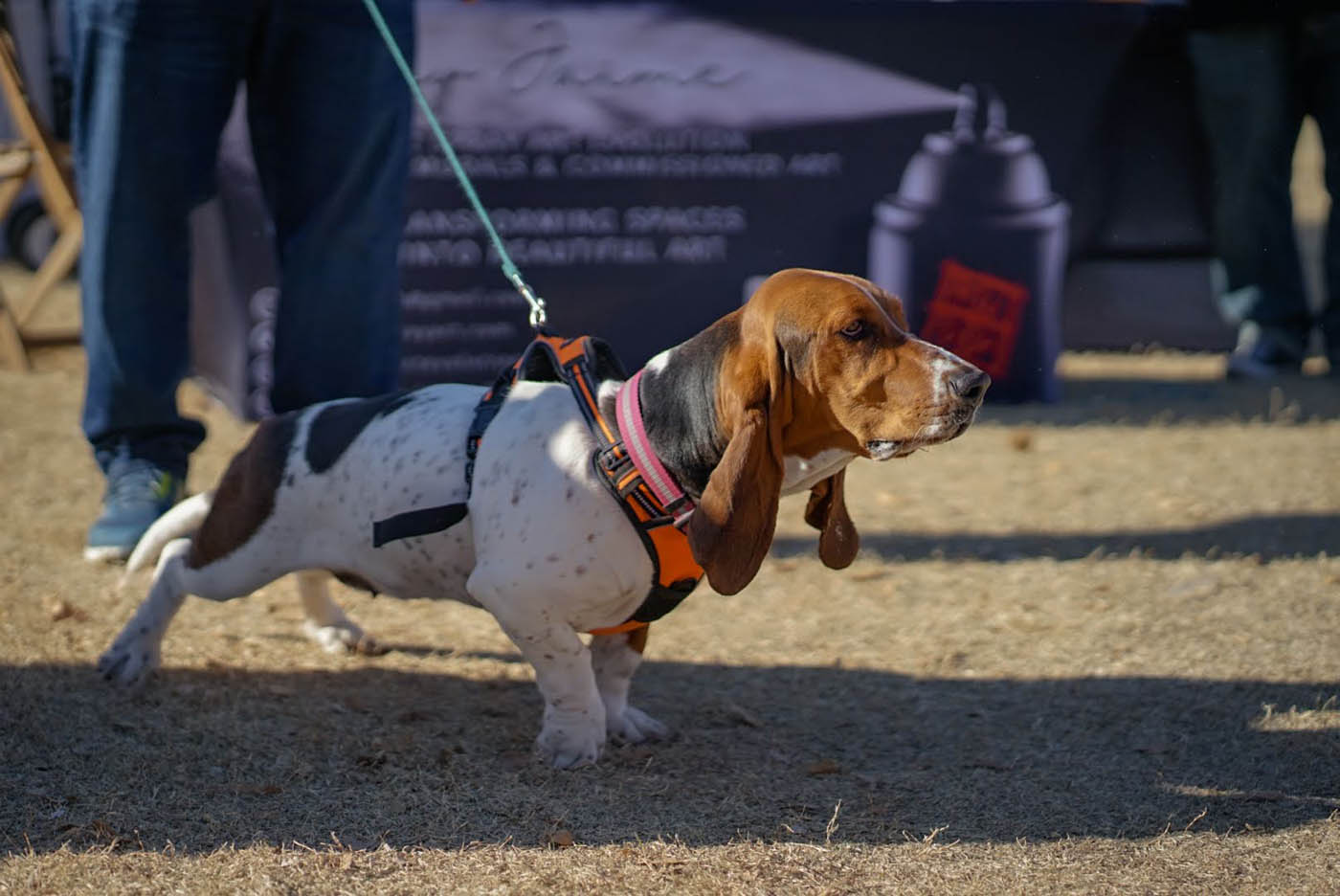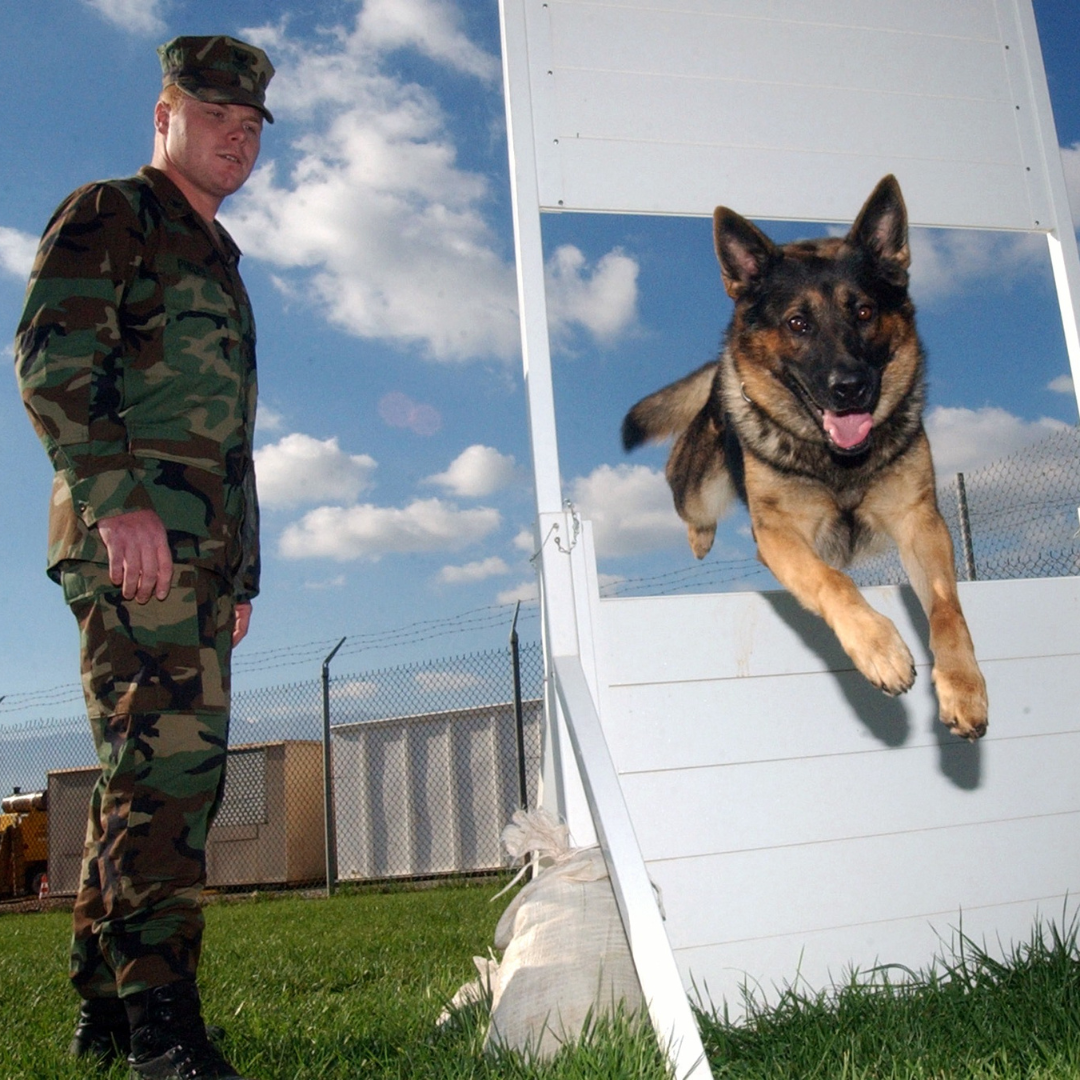Unlock the Keys of Reliable Dog Training Near Me for a Happier Pet
Unlock the Keys of Reliable Dog Training Near Me for a Happier Pet
Blog Article
Unlock Your Dog's Potential: Proven Pet Dog Training Methods for Success
Reliable dog training is a nuanced process that pivots on understanding canine behavior and employing clinically backed techniques. By integrating positive reinforcement, developing clear commands, and focusing on socialization, pet proprietors can grow an effective partnership with their animals.
Recognizing Pet Actions
Understanding canine actions is vital for reliable training and promoting a favorable partnership between pets and their owners. A thorough grasp of canine body movement, articulations, and social communications is important for acknowledging their requirements and emotions. Pets interact mainly through non-verbal hints; as an example, a wagging tail may show excitement, while pinned ears can signal fear or entry.

Moreover, environmental variables play a significant role fit a canine's actions. Changes in regular, brand-new surroundings, or the presence of unknown people can bring about anxiety or anxiousness in pets. Acknowledging these triggers allows owners to mitigate adverse responses and create suitable training techniques.
Inevitably, a deep understanding of canine behavior lays the foundation for successful training approaches, enhancing both habits and the overall bond in between the pet dog and its owner. dog training charlotte. This understanding is important for fostering a well-adjusted, delighted canine buddy
Positive Reinforcement Methods
Efficient training counts greatly on positive support techniques, which have actually been shown to yield substantial cause forming desired behaviors in dogs. This approach entails rewarding a canine for showing details habits, thus boosting the chance that these actions will certainly be repeated. Incentives can take various forms, consisting of treats, praise, toys, or play, depending upon what encourages the private dog.

It is necessary to slowly terminate incentives as the canine learns the behavior, transitioning to intermittent support. This method maintains the habits in time while avoiding dependence on continuous rewards. By concentrating on favorable support, fitness instructors can grow a trusting relationship with their pets, promoting a cooperative and healthy and balanced training setting that enhances general obedience and efficiency.
Establishing Constant Commands
A fundamental aspect of effective dog training is the facility of constant commands. Uniformity in commands is critical for efficient communication in between the trainer and the pet. When commands are uniform, dogs learn to connect certain words with preferred actions, which speeds up the training procedure and enhances understanding.
To establish regular commands, it is crucial that all relative make use of the same terms and motions. If one person utilizes "sit" while one more claims "sit down," it can create confusion for the canine. Select clear, distinct words for commands and guarantee everyone associated with the pet dog's training complies with these choices.
Enhance commands with regular practice, making certain that the pet gets enough opportunities to respond correctly. When a pet dog effectively follows a command, prompt positive support should comply with.
Lastly, be individual. Establishing constant commands takes check here time and effort. With commitment and quality, you will help your dog develop a strong understanding of expectations, inevitably causing a well-behaved friend.
Socializing and Direct Exposure
Socializing a pet is important for fostering a well-adjusted and positive friend. This process involves exposing your pet dog to a variety of settings, people, and various other pets to create their social abilities and flexibility. Early socialization, ideally between the ages of 3 to fourteen weeks, is crucial, as it prepares for a pet's future actions.
During socialization, aim to provide favorable experiences in different settings, such as parks, hectic streets, and homes with various other animals. Introduce your pet to numerous stimuli, consisting of noises, sights, and scents, ensuring that each encounter is rewarding. This direct exposure aids alleviate worry and anxiousness, leading the way for a more durable canine.
Involving in controlled team play sessions with various other pet dogs can also enhance social skills, showing your animal proper communications and boundaries. Constantly monitor your pet dog's comfort degree during these experiences, progressively increasing direct exposure as their self-confidence expands. Remember, the objective is to develop an all-around pet that prospers in varied scenarios, advertising a harmonious connection with both people and other pets. Focusing on socialization will dramatically add to your pet dog's total joy and habits throughout their life. pet clicker
Overcoming Common Educating Difficulties

Pet dogs might struggle to focus in hectic or unknown settings. Progressively desensitize your pet dog to disturbances by starting training in a peaceful atmosphere and slowly introducing even more stimuli as they end up being efficient.
Additionally, behavior issues like jumping or excessive barking can end up being irritating. Address these by instructing alternative behaviors, such as resting comfortably when greeting visitors. Uniformity and patience are important; reinforce desired habits regularly and avoid abuse, which can cause confusion.
Last but not least, identify that each pet is one-of-a-kind, and training timelines may vary. Dressmaker your approach to your dog's specific demands, and seek professional guidance if essential. With perseverance and the ideal approaches, getting rid of these difficulties can cause a trained, happy canine friend.
Conclusion
In conclusion, unlocking a pet dog's possible demands a detailed technique that includes an understanding of canine actions, the application of favorable support methods, and the establishment of constant commands. Early get redirected here socialization and exposure to diverse environments better enhance a canine's adaptability and self-confidence. By attending to typical training obstacles with tailored methods and patience, a participating and harmonious relationship in between pet and trainer can be fostered, eventually leading to a mannerly buddy capable of flourishing in various scenarios.
Effective pet dog training is a nuanced procedure that pivots on comprehending canine actions and using scientifically backed approaches.Comprehending pet dog actions is vital for reliable training and fostering a favorable partnership in between canines and their proprietors.Efficient training counts heavily on positive reinforcement methods, which have actually been revealed to yield considerable outcomes in forming preferred habits in pet dogs. When commands are consistent, pets find out to link particular words with desired behaviors, which speeds up the training process and enhances understanding.
In final thought, unlocking a canine's prospective necessitates a thorough method that incorporates an understanding of canine actions, the application of favorable reinforcement techniques, and the facility of consistent commands.
Report this page